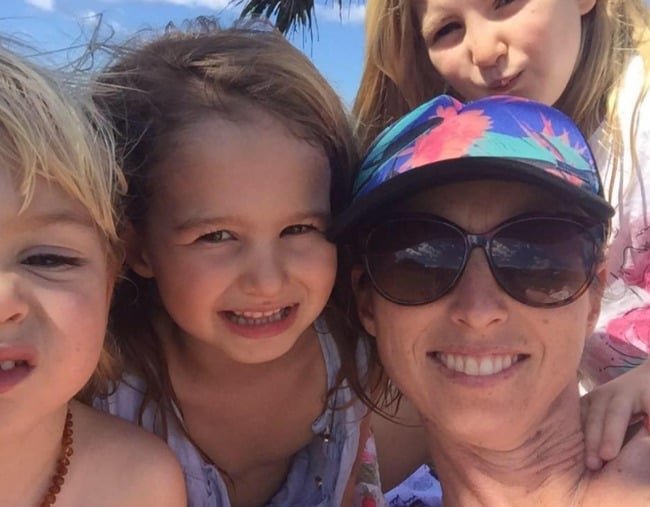
“My moon and back.”
These are the words Jason Armstrong, father of six-year-old Indie Armstrong, used to describe the daughter he lost on Sunday to a car park accident in the Sunshine Coast.
Indie was at Nambour shopping centre at around noon with her mother, grandmother, and older sister Lily, when an 86-year-old woman allegedly reversed her car into her. The Year 1 student was killed, and her 57-year-old grandmother and eight-year-old sister injured. A witness told the Courier Mail the driver “was going to stop but instead of stopping she accelerated and the car went like a bullet through the people on the pedestrian crossing”.
“There was a big bang when the car hit the pole and people were just screaming. Everyone just went crazy.”
Dozens of people ran to the scene, but the girl reportedly did not respond.
Another witness said Indie’s mother was “catatonic” and “wailing”.
“All you could hear was just her crying and her saying, ‘my babies, my babies’,” she said.
The driver was “shaking,” and looked to be in shock, said people who were present at the scene. Police reportedly told her to remain in her vehicle as paramedics worked to save Indie. The child was taken to Nambour Hospital, where she was pronounced dead.
Indie’s school principal described her as “an enthusiastic, loving, friendly young girl who will be greatly missed by the North Arm State School community,” and said her teachers, friends and their families were “deeply shocked and saddened” by the news.


Top Comments
I’m sorry but this woman was almost 90 years old! 90!!!! why can’t everyone be retested for their driving every 5 years? This would completely sweep out all the crap drivers, either too young, old or stupid. Every driver every 5 years. What a difference it could make on the roads.
Why doesn't this article suggest that driver training for older drivers might be needed? Could an 86 yr old pass the P-plate test. We had to beg my 90 yr old Grandmother to stop driving after 2 accidents and the fact that everyone was too scared to get in the car with her.
I suspect the article is skirting around the issue. I 100% agree with you. I live in Hobart and we have had a massive surge in overseas visitors driving in hire cars .... I’ve had two very very near misses with such drivers in as many weeks. I think overseas drivers should need to pass a test and ensure they can read/understanding signage before we see a huge rise in serious accidents. I’m not sure some hire car drivers could pass the P Plate test either.
We had to do the same with my 83 y/o father in law as we felt it just wasn't safe for him to be on the road anymore. He felt the loss of independence keenly and we felt a lot of guilt. This tragedy confirms the hard choice was the right one.